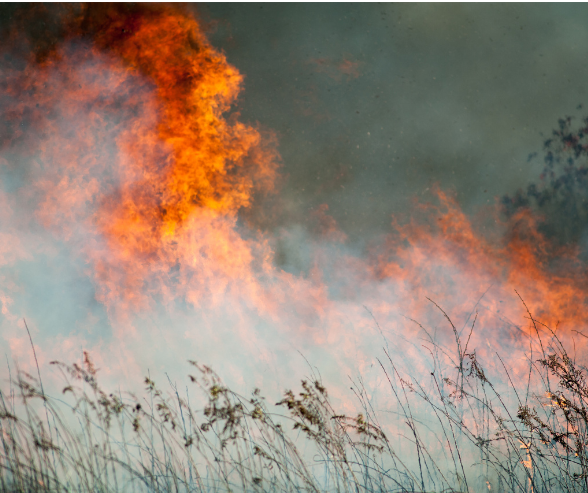
Jul 16, 2024
Firefighters are gaining control of the Post Fire near Gorman in northwestern Los Angeles County, which remains at 15,690 acres and is 90% contained as of Monday. The fire, first reported on Saturday afternoon near Gorman School Road and Ralph’s Ranch Road by the I-5 Freeway, is the area’s first major wildfire of the year. Strong winds initially fueled the blaze, prompting evacuations.
CBS News
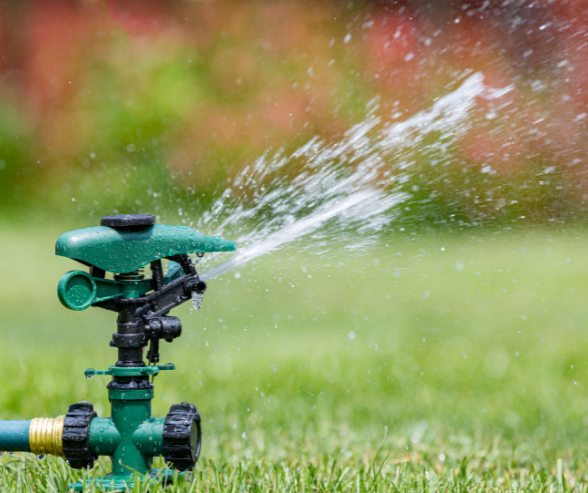
Jul 16, 2024
As Calgary enters its second week of water restrictions due to a critical supply issue following the rupture of the city’s largest water main, citizens are being urged to prioritize water conservation. Officials warn that the city could run out of water if conservation efforts aren’t intensified.
The CBC News
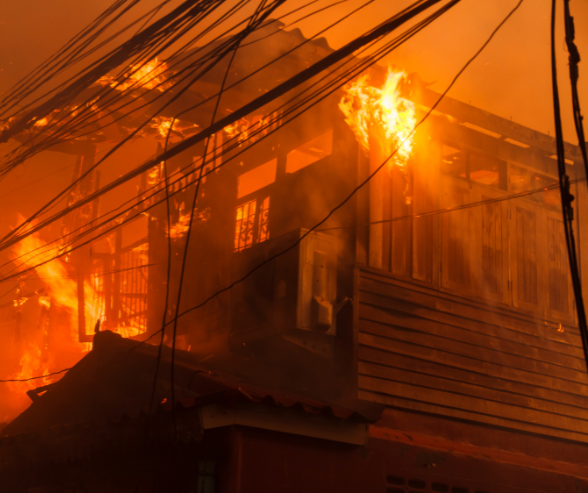
Jul 16, 2024
Vancouver firefighters responded to five major fires, seven dumpster fires, and over 250 other calls within a 24-hour period this week. The union representing the firefighters highlighted the need for more resources, especially downtown, due to the high volume of calls. Over the period, Vancouver Fire Rescue Services dealt with 14 fires, including several with heavy smoke, flames, and urgent rescue needs.
Vancouversun
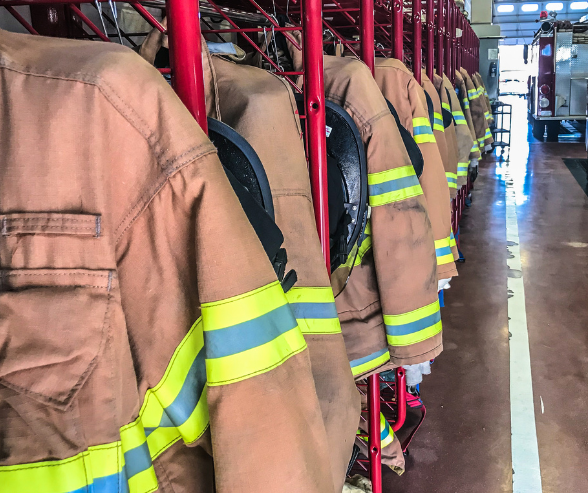
Jul 16, 2024
The NFPA® awarded the 2024 Fire Protection Research Foundation Medal to the project on Validating Cleaning Procedures for Firefighter PPE. This project focused on identifying and removing persistent contaminants from firegrounds to enhance firefighter health and safety. The award was presented to Jeff Stull, Crystal Forester, Jay Tarley, and Marni Schmid at the NFPA Stars at Night awards ceremony during the 2024 annual NFPA Conference & Expo.
NFPA.org
Jun 10, 2024
Martensville Fire Chief Kurtis Dyck has retired from active duty after over three decades with the department.
ccgazette.ca
Jun 10, 2024
Defiance picks their new Fire Chief as Shawn Wittkop –
crescent-news.com
Jun 10, 2024
Saskatoon Fire Department announces Doug Wegren as their new Fire Chief.
globalnews.ca
Jun 10, 2024
After 40 years on the job, longtime Hay River, N.W.T., firefighter and former Fire Chief Ross Potter
cbc.ca/news/
Jun 10, 2024
Peachland hires new Fire Chief Ian Cummings.
Peachland’s new fire chief will get to work on May 27.
Ian Cummings, currently the chief for Armstrong-Spallumcheen, has been hired for the top job in Peachland.
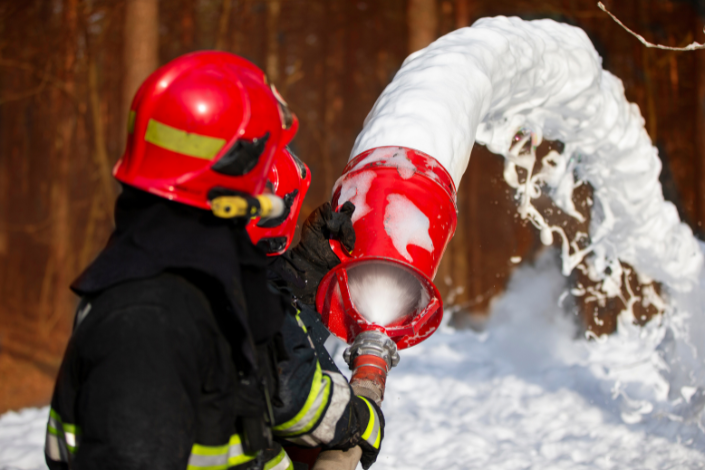
Jun 10, 2024
The Ohio Environmental Protection Agency visited Franklin County for its second AFFF takeback program, part of a statewide effort to eliminate aqueous film-forming foam.
spectrumnews1.com






